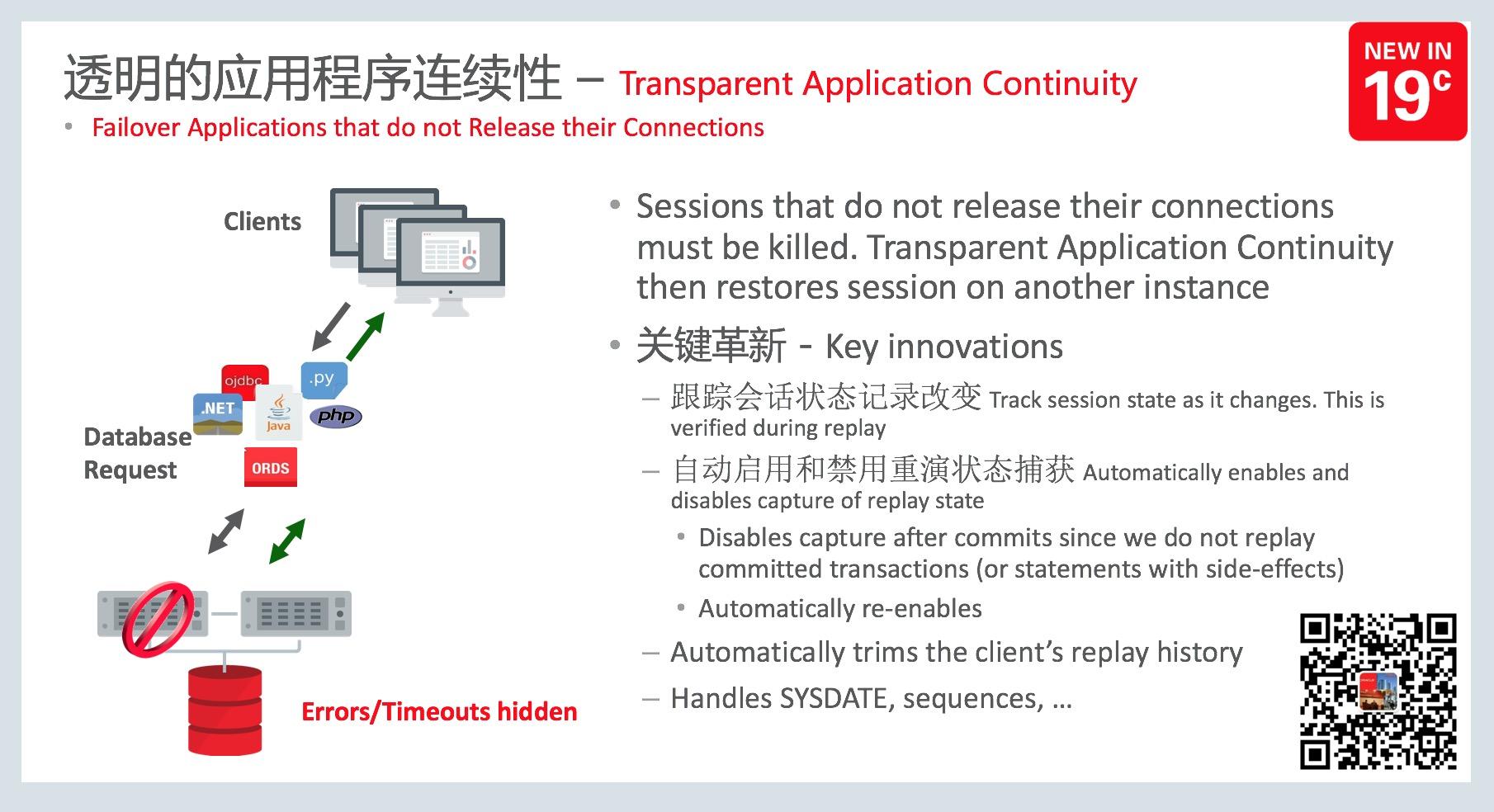

Test this out by navigating to the enterprise manager (adjust the servername (localhost) apporpriately). Login or su to oracle, then run the following commands (answering the prompts approriately).
Oracle database how to#
This section describes how to install the web based OEM available in 10g+.ĭepending on your settings the OUI may have already installed this. Oracle Enterprise Manager installation (optional)

Oracle database full#
When running root.sh, you will be offered to use /usr/local/bin as the full pathname.At the end of the installation you will have to open another terminal, and execute /oracle/product/db/root.sh as root.Be patient! If you get an error message ignore it by clicking on "Continue". The installation will take some time, especially the "Linking" part.Install "Summary" shows what's going to be installed.There is only one DBA group for oracle database.Chose "Software Install Only" and click on "Next".Since Oracle database requires certain distro requirement, you will have to manually check them and then click on "Next".After changing the defaults, click on "Next".If you want to use a different path you will have to change /etc/rc.d/oracledb, so that the startup script can locate ORACLE_HOME directory. The predefined path in /etc/rc.d/oracledb is "db", ie: /oracle/product/db.Change the default "Name" to orarch or something else.Do not change it, unless you know what you are doing. Choose "Enterprise Edition" Installation Type and click on "Next".Login as the user oracle and export the X display:Įnter the database directory and run the Oracle Universal Installer as the user oracle. In oder to run oracle installation script you need to export the X display as a normal user: at the time of this writing there was an issue with the packaged unzip in the 64-bit Oracle installer):Ĭhange the permissions for the extracted Oracle database.Įnter the directory where you extracted the Oracle database. Optional: Arch x86_64 (only required if the installer will not launch automatically.

Oracle database software#
Graphical installation Installing Oracle database software Here is an example of the oracle user settings.Įxport ORACLE_INVENTORY=/oracle/inventoryĮxport ORACLE_BASE ORACLE_SID ORACLE_HOMEĮxport LD_LIBRARY_PATH=$ORACLE_HOME/lib:$LD_LIBRARY_PATH
Oracle database update#
Mkdir -p /oracle/inventory /oracle/recovery /oracle/product/dbĬreate or update oracle bashrc /home/oracle/.bashrc. Optional: You may reboot now if you want the changes to take effect.Ĭreate some directories for Oracle database. _local_port_range = 1024 65535Īdd these lines to /etc/security/nf ( Review Oracle documentation to adjust these settings) This will give oracle super user privilege.Īdd these lines to /etc/sysctl.d/nf ( Review Oracle documentation to adjust these settings). Optional: Install OpenSSH and add this line to /etc/ssh/sshd_config:Īdd oracle to /etc/sudoers. Reason: chmod 777 seems wildly inappropriate here (Discuss in Talk:Oracle Database)Ĭreate users and group for Oracle database: Oracle database 32-bit requires lib32-unixodbc AUR, lib32-libaio, lib32-libstdc++5 AUR, lib32-glibc and lib32-gcc-libs. Install a Java runtime environment, like jre-openjdk and jdk-openjdk.įrom the AUR, install ksh (other implementations like these may work), beecrypt AUR and rpm-tools. Install the base-devel group and these packages: elfutils, gdb, icu, libstdc++5, sysstat, unixodbc, unzip and libaio. Pre installation Required packages for Oracle database installation This should in principle work with other versions of Oracle. This is a general approach that has been tested with kernel 2.6.28.ARCH x86_64 and Oracle 11g R1 64-bit. This section will guide you through installing Oracle onto a fresh installation of archlinux.


 0 kommentar(er)
0 kommentar(er)
